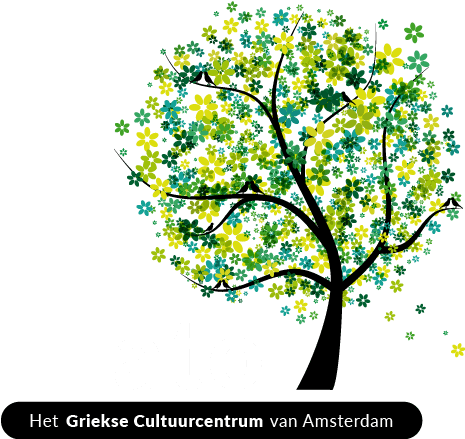No products in the basket.
Towers of Mani & the spirit of warriors
The towers of Mani: made of stone like the landscape, tall, with no special decorations and full of pride they stand there; they are the guards of Mani.
They guard the dignity of a clan (=Patria), the tradition of hospitality, the local customs and legends.
Michael Palaiologos attempted in 1415 to limit the height of the towers and the Bavarian Regent Mauer in 1834 ordered them to be knocked down.
Both failed.

Towers of Mani: an emblematic architectural style
The towers of Mani are a unique category of folk architecture in Greece. The origin of this architectural form is not certified, but surely there are similarities with other forms in Italy, like the ones of San Gimignano.
Anyway, their existence in Mani is clearly justified by the need to keep the pirates and other invaders away, who vainly attempted to occupy the area. For the construction, people used the local rock, making the walls this way indistinguishable from a distance. This offered extra protection against pirate attacks.
The building of towers have to do, on the one hand, with the social system of the region which was based in clans (=family unions) and on the other hand with the extermination fights between them.
Towers of Mani: symbols of power and authority
The importance of the family which owned the building usually was connected with the height of the tower. It was often that strong families didn’t allow other, less important families build a taller tower and from time to time they forced them to lower their buildings or … even to knock them down. It is clear that the towers of Mani were symbols of power and authority and also the heart of a Patria (= clan). All the important events of the Family took place there: weddings, births, baptisms, deaths, feasts…
Everyone who belonged to a Patria had the obligation to defend (if needed) not only his family but also the entire clan, whose houses were usually built around the tower.
Also, the construction of such a building was a duty of the entire clan; the same happened with the guarding.
A tower was impossible to be inherited by women. Only the closest male relatives had this right. The long and murderous family fights had as a result of the destruction of many towers. Blowing up a tower meant much more than the disaster of a building. It meant also the collapse of the prestige of the family.
The hidden secrets of the towers in Mani.
In general, they are multistoried structures (sometimes with 4 or even 5 floors), made of stone and their height reaches usually 20 m. Of course, they provide special shelters and crypts, the exit of which many times were in caves or somewhere far away and safe.
Houses of the members of a clan (which were built around the tower) were often connected with the main Tower by underground passages. This way, anyone could easily go from one side to the other.
For safety reasons, that sort of buildings had no obvious door. If someone wanted to find the main entrance of a tower, he needed to know how to go there through many small alleys and big or small houses.
Doors were low and, for extra safety, the towers were closed not by a normal wooden door, but by a door made of stone.
Over the years, developed next to the Family Towers, also war towers. These stood independent within a village or complex and were designed specifically for warfare. They were not inhabited by a specific clan. They were built in various strategic places.
Nowadays we can see in total about 800 of these emblematic constructions. They are scattered in beaches and mountains and beyond architectural monuments, they have many stories to narrate.
© Lato,
Het Griekse Taal– & CultuurCentrum van Amsterdam




